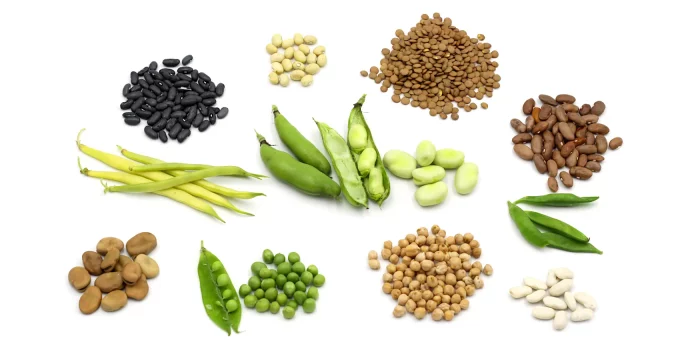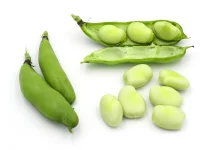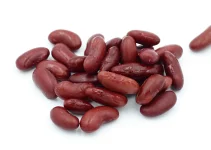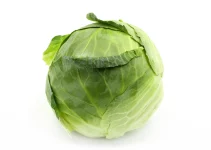If you want to try a new recipe and you’ve come across pigeon peas as an ingredient and you have no idea what that is or where you could buy them from, then it’s time to talk about pigeon peas substitutes.
What you should know is that pigeon peas are actually beans. For example, in India dried pigeon peas are the main bean used to make dal or dhal.
It can be quite confusing because they have the name pea but they’re a bean.
Table of Contents
Best Pigeon Peas Substitutes
1. Dry pigeon peas: Goya Foods Pigeon Peas
As usual, when we can’t find a fresh legume, we do the next best thing: look for the dry or frozen alternative.
2. Canned pigeon peas: Goya Foods Green Pigeon Peas
Of course, the canned option of the dry legume we want to cook with is a lot easier to cook with because we don’t need to soak it at all before cooking with it.
3. Sweet peas: Del Monte Canned Fresh Cut Sweet Peas
Plenty of the recipes that call for pigeon peas can be made with green peas. It’s a delicious, cheap, and easy-to-find substitute.
4. Black beans: Eden Organic Black Beans
Black beans are among my favorite substitute for pigeon peas. They’re tiny, delicious and the black color looks awesome in any dish.
5. Chickpeas: Iberia Organic Chickpeas
Who doesn’t love chickpeas? If you want a delicious substitute that can work in most recipes that call for pigeon peas, then chickpeas are the way to go.
Main Pigeon Peas Substitutes
Even if they’re called a pea, which is in reality a bean, you’ll find that you can use a variety of legumes as a pigeon pea substitute:
- canned/frozen/dried pigeon peas
- green peas
- edamame
- sugar snap peas
- lima beans
- fava beans
- black-eye peas
- yellow-eye beans/peas
- black beans
- navy beans
- lentils
- chickpeas
Before talking in-depth about the best pigeon peas substitutes, let’s discover what this legume is. That way, you’ll have a better idea about which replacements work best for your recipes.
Pigeon pea: short intro
The pigeon pea is a perennial legume that has been cultivated for more than 3,500 years. It is indigenous to India from where it spread to Africa and the Middle East.
It grows well in hot and humid climates with low fertility soils and tolerates drought well. Due to that, it’s considered a very sustainable food source.
It is frequently consumed in tropical and semitropical regions: India, Africa, South Asia, South East Asia, and Latin America.
The peak season for fresh pigeon peas is during late summer and fall months. That’s completely different from green peas but it has a similar harvesting period to many other bean varieties.
This legume is a favorite in Caribbean kitchens.
It is also known by the names Congo pea, Angola pea, gungo pea, red gram, tur, kadyos.
By the way, legumes are plants that produce pods with seeds/beans inside. That’s why I used the word legume and not the word vegetable to describe this pea.
The pigeon pea belongs to the Fabaceae family, which is also known as the pea family of flowering plants. This is a very big family with over 20,000 legume species. Besides our many peas varieties, this family includes everything from herbs to shrubs to vines and trees.
Some of the most well-known plants in the Fabaceae family are: soybean, beans, pea, chickpea, alfalfa, peanut, liquorice. Among the trees, the most famous is acacia.
This tidbit of biology info is very useful.
First, it helps us understand that we should focus on bean and pea varieties as the best pigeon peas substitutes. That should be our primary focus.
But you should also keep in mind that lentils and chickpeas can work just as well as substitutes.
Still, that’s enough biology. Let’s discover what really interests us.
What do pigeon peas taste like?
The best way to describe their taste is that they have a delicious nutty flavor.
Pigeon peas are not as sweet as green peas. They’re also more starchy.
That’s completely understandable if we think about the fact that this is actually a bean and not a pea.
Pigeon peas can be sold both fresh and dry. Preserving them dry is the easiest way to store them. It’s exactly what we do with so many bean varieties.
You can also find them canned and frozen.
The young pods are bright green. As they mature, the peas get a dark brown-purplish color with brown splotching or striations.
Thus, you can find both green and brown-purplish with striations pigeon peas.
If they’re sold fresh, they’ll be green. We can use them similarly to fresh green peas (sweet peas). We can eat them raw or cook whatever dishes we want.
If they’re sold dried, they’ll be light tan or beige with small brown spots. The dry ones look similar to black eyed peas. It’s no wonder that black eyed peas are such a popular pigeon pea substitute.
Another form in which you can buy them dried is with their skins removed. In that case, the peas/beans will be green.
Pigeon peas can also be ground in a gluten-free flour.
The Best Pigeon Peas Substitutes: Peas, Beans, Lentils, Chickpeas
The first pigeon peas substitute that I’m interested in is seeing if we can find them dry, canned or frozen. If neither of those forms are available where you live, then you can choose to use a couple pea varieties, a few bean varieties, lentils or chickpeas.
1. Dry pigeon peas
Since this is a bean actually, it’s only to be expected that we can find them dry.
They can have a tan/beige/brown color or they’ll be green if the skin has been removed.
You’ll have a high chance of buying some dry pigeon peas if you live in an area that has large Hispanic or Caribbean communities. That’s the easiest way to tell if you’re going to be successful or not.
Just like beans, dry pigeon peas have to be soaked before cooking. The soaking should take about 6 hours so you’ll have to make this type of preparation in advance.
It’s the same as we do with beans or lentils, albeit for shorter periods of time in some cases. Pigeon peas can also substitute beans and lentils in various recipes.
After soaking, you can use these peas that are actually beans however you want: in stews, curries, fried, steamed, sautéed, simmered, etc.
Where to Buy?
Check Price and User Reviews Here
2. Canned pigeon peas
Whenever we cannot find a fresh legume in the area where we live, we search for the obvious alternative: is there a canned version of the legume we’re looking for? You can also search in the frozen section.
It depends what you prefer more: canned or frozen pigeon peas. And, obviously, which are available where you live.
If the answer is neither, skip this part of the article and go straight to reading about substitute no. 4.
Canned pigeon peas should have no sugar added. They’re also gluten-free, soy-free.
You can actually serve canned pigeon peas by seasoning and heating them. You can do just that to them.
If you don’t have time for anything else, the canned ones are perfect since they don’t require long cooking times.
They can also be used in all the dishes that we would use fresh or dry pigeon peas.
If you can find some, try the canned ones as one of the best pigeon peas substitutes.
Where to Buy?
Check Price and User Reviews Here
3. Frozen pigeon peas
Besides canned or dry, if you’re lucky, you might find frozen pigeon peas.
Frozen bags have the advantage of offering big quantities for pretty good prices.
If you’re getting the frozen ones, place the frozen pigeon peas in boiling water. Boil them under low flame for 10-12 minutes.
After that, they’re ready to be used in all kinds of recipes.
They’re certainly a lot easier to use than the dry ones.
4. Green peas: fresh, canned, frozen
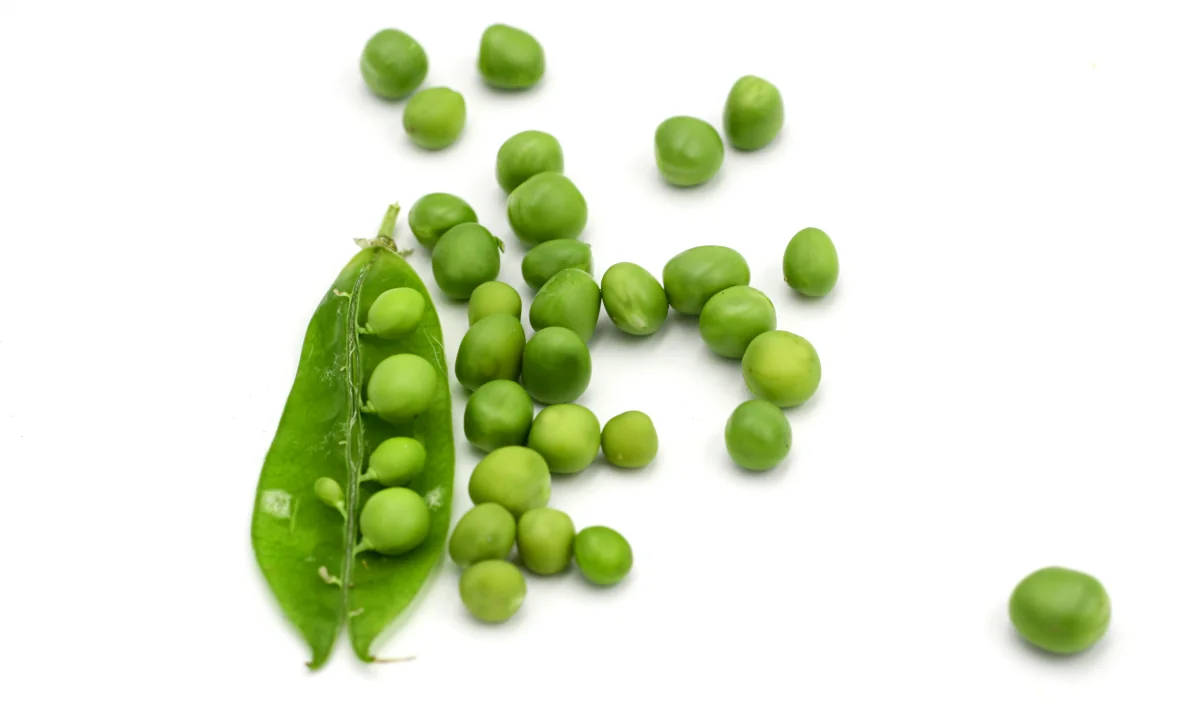
I’m convinced that your first instinct was to conclude that green peas are the best pigeon peas substitute.
Green peas are also known as sweet peas. They’re the same legume, the typical pea that is the easiest variety to find around the world. It’s also called spring peas.
A few years back, when I became aware that pigeon peas is actually a legume that we can use in a variety of recipes, I also decided that green peas are one of the best substitutes if you can’t find the canned, frozen or dried pigeon peas that I mentioned above.
Green peas are the classic. This is the variety that most of us grew up eating.
I have loved it since I was a child and I still love cooking it, especially when it’s fresh in the spring and early summer. I know that in movies we usually come across the classic line “eat your peas” but I was never that child.
Peas are absolutely delicious, no matter which variety we’re cooking with and what type of dishes we’re cooking.
Green peas are also the easiest to find across the globe. Even corner stores will have a few cans or jars of green peas. And maybe a few bags of frozen ones.
The quite annoying thing about peas in general is that, in many places around the globe, we can only get them fresh for a very limited time.
Some countries might have fresh peas in the supermarket all year round.
However, for the large majority of the global population, fresh peas can only be found in late spring and early summer. It’s a quite narrow window of time.
Frozen vs canned green peas
Since green peas are the most common, they’re also the least expensive. Frozen peas are generally cheap and sold in big quantities.
If you’re on a budget and you have to cook for a big family, frozen green peas might turn out to be a bit cheaper than the ones preserved in jars.
Most recipes also mention frozen peas as an ingredient.
That’s because frozen peas retain the sweetness that the fresh legumes carry. And the texture is firm and bouncy, while canned peas are mushier.
4. Edamame
If you’re only making raw recipes, then you can’t use edamame.
You can’t eat edamame raw and you can’t eat lima beans raw.
Fava beans are the ones that can be eaten raw with the pod and everything when they’re young and crunchy. Thus, fava beans are the most versatile out of these three similarly-looking ingredients (edamame, fava and lima).
Moreover, edamame are not as easy to find around the globe so they’re not a favorite substitute of mine. They also don’t have the same variety as green peas, lentils, chickpeas or bean varieties.
Edamame beans are whole, immature soybeans. They’re green and look very vibrant. Their taste resembles that of peas, buttery with a hint of nuttiness and sweetness.
Where to Buy?
Check Price and User Reviews Here
5. Sugar snap peas
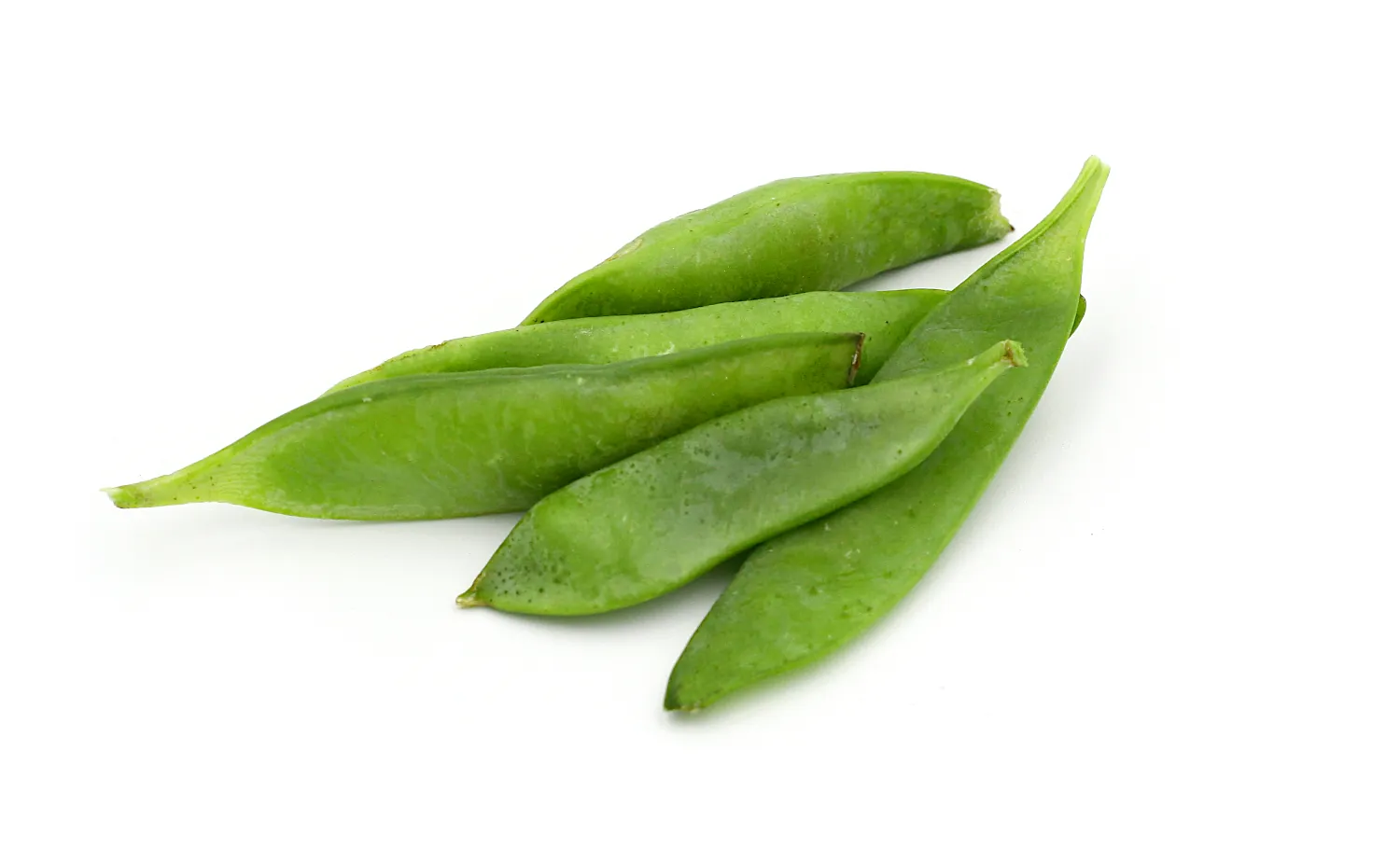
Another pea variety that can serve as a pigeon pea substitute is sugar snap peas.
They’re best eaten raw or briefly cooked. They’re usually preferred in stir-fries or quick sautés.
I think that sugar snap peas can be much better than edamame as a substitute in raw salads. But they can only be found fresh in late spring and early summer.
6. Black-eyed peas
I imagine that black-eyed peas are a lot easier to find around the world. We can find them fresh, dry or canned. Dry or canned are available even in smaller stores and the prices are pretty affordable.
If you’re cooking on a budget, dry black-eyed peas can be the perfect pigeon pea substitute.
Moreover, in terms of appearance, these two legumes have quite a lot in common.
Dry pigeon peas resemble black-eyed peas quite a lot. Thus, if you’re looking for a replacement that looks very similar, try black-eyed peas.
The difference is in the taste. Black-eyed peas taste like earthy white beans. They have a dense, creamy consistency.
If you’re looking for a lighter substitute for rice, stews or other similar dishes, then you’ll prefer green peas or chickpeas or lentils.
Where to Buy?
Check Price and User Reviews Here
7. Yellow-eye beans
Yellow-eye beans resemble black-eyed peas in terms of appearance but much prettier. They get their name from the yellow-colored oval eye in the middle of the beans.
They’re related to the kidney bean.
Yellow-eye beans and black-eyed peas can be used interchangeably in recipes. That’s why I included them here as a substitute for pigeon peas.
Where to Buy?
Check Price and User Reviews Here
8. Black beans
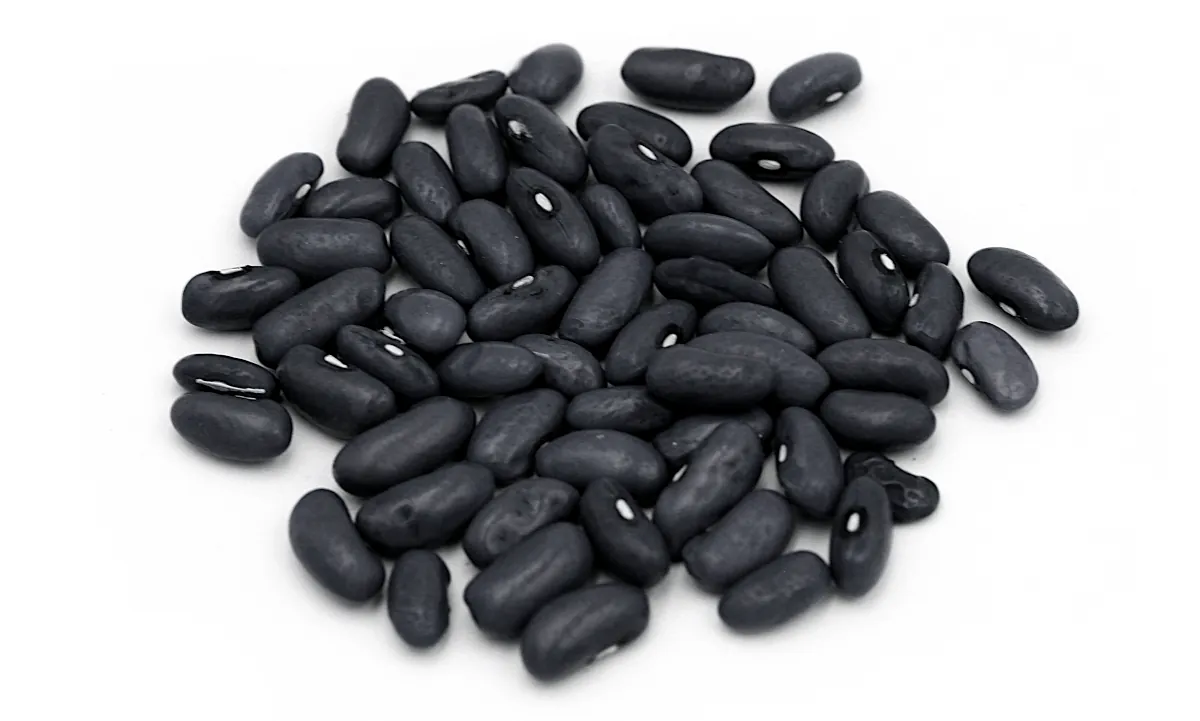
These can be used in all sorts of recipes: stews, rice dishes, meat dishes, etc.
Black beans also go well with dishes that use coconut milk. The same goes for black-eyed peas.
Moreover, besides looking great in a dish, black beans are soft, creamy and have a mild favor. They’ll be a winner with everyone.
9. Navy beans
The thing I like most about navy beans is their small size. Since they’re also called pea beans due to their similarities in size to green peas, that means that navy beans can serve as one of the best pigeon pea substitutes.
They taste just like cannellini but navy beans are a lot smaller, which is absolutely perfect for all dishes.
Plus, I imagine that it’s easier to find navy beans in many places around the globe than it is to find pigeon peas.
Where to Buy?
Check Price and User Reviews Here
10. Baby lima beans
Baby lima beans are young, green-hued beans. Even if they’re young, soaking them for 8 hours can reduce the cooking time.
They’re good in a wide variety of recipes. They certainly work as a substitute for a large majority of pigeon peas recipes.
11. Fava beans
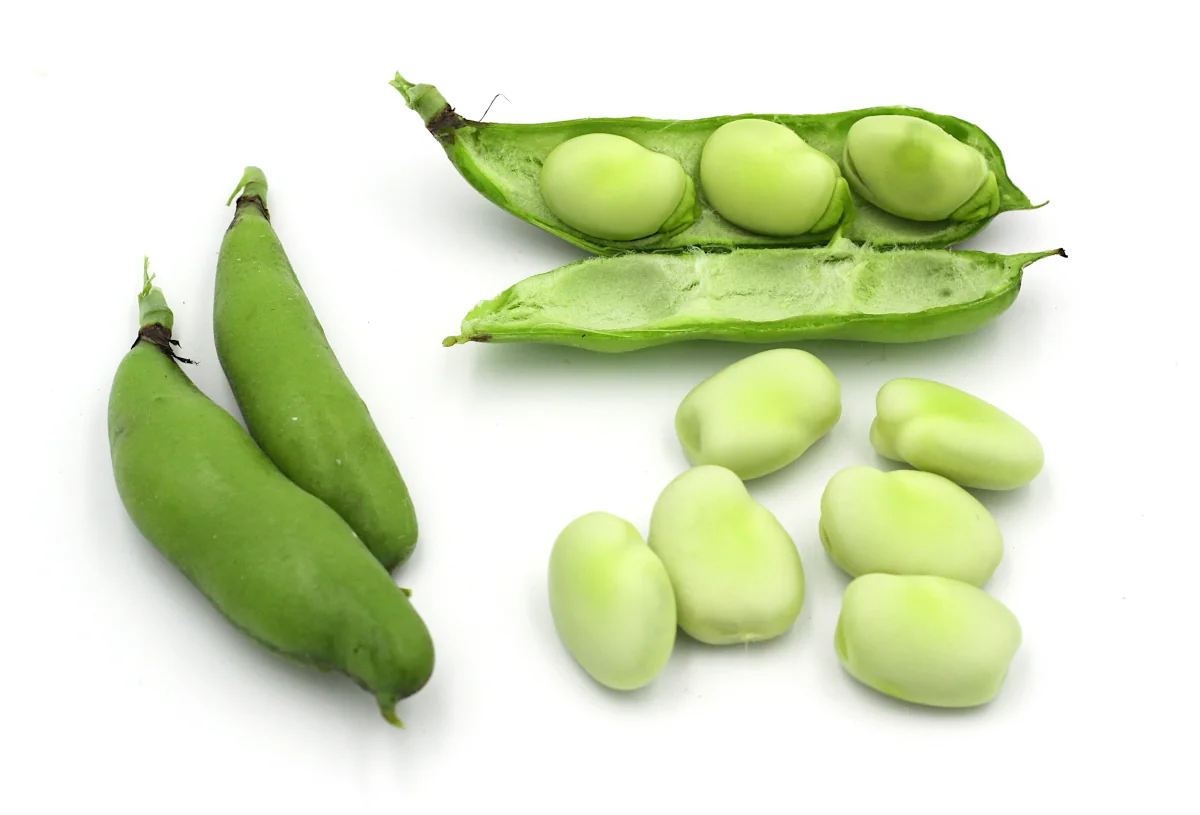
Fresh and green favas can be eaten raw so they work as substitutes in salads. Eaten raw, they’re similar to sugar snap peas. They just taste a bit more nutty, which is wonderful.
In cooked dishes, they can be used in salads, soups, sautéed, in stews (foul mudammas), grilled in their pods, in rice dishes.
Check out my article on fava bean substitutes if you want to learn more about this wonderful legume.
12. Lentils
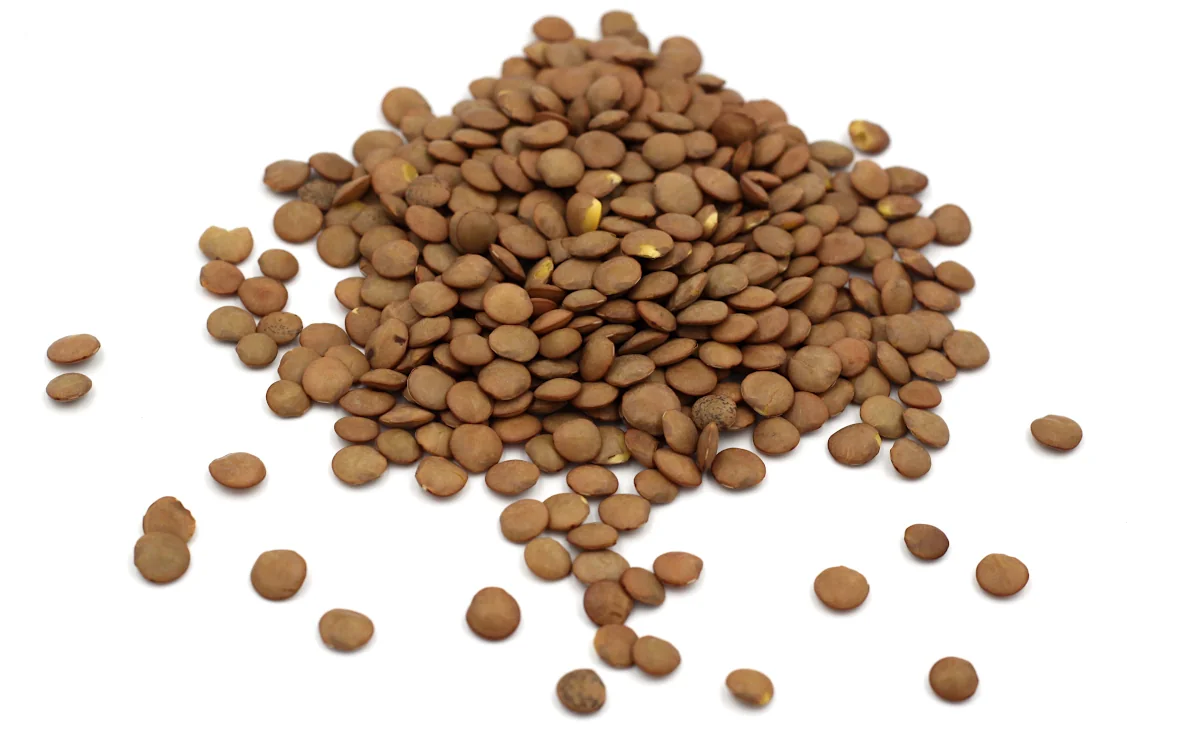
Lentils can very well work as a pigeon pea substitute but the reverse is also true.
They’re certainly a favorite substitute for soups. But you can also cook them with rice, you can use them to make fritters, use them in salads, and cook them in various meat and vegetables dishes.
Lentils are incredibly versatile. They’re also pretty easy to find and cheap.
Brown lentils taste earthy, red lentils taste sweet, and green lentils taste peppery.
Many people prefer red lentils out of all the three.
Red lentils have a mild flavor. It’s a bit earthy and a bit sweet.
They’re perfect for fast cooking because the average cook time is 15-20 minutes. You’ll find instructions on the packaging.
13. Chickpeas
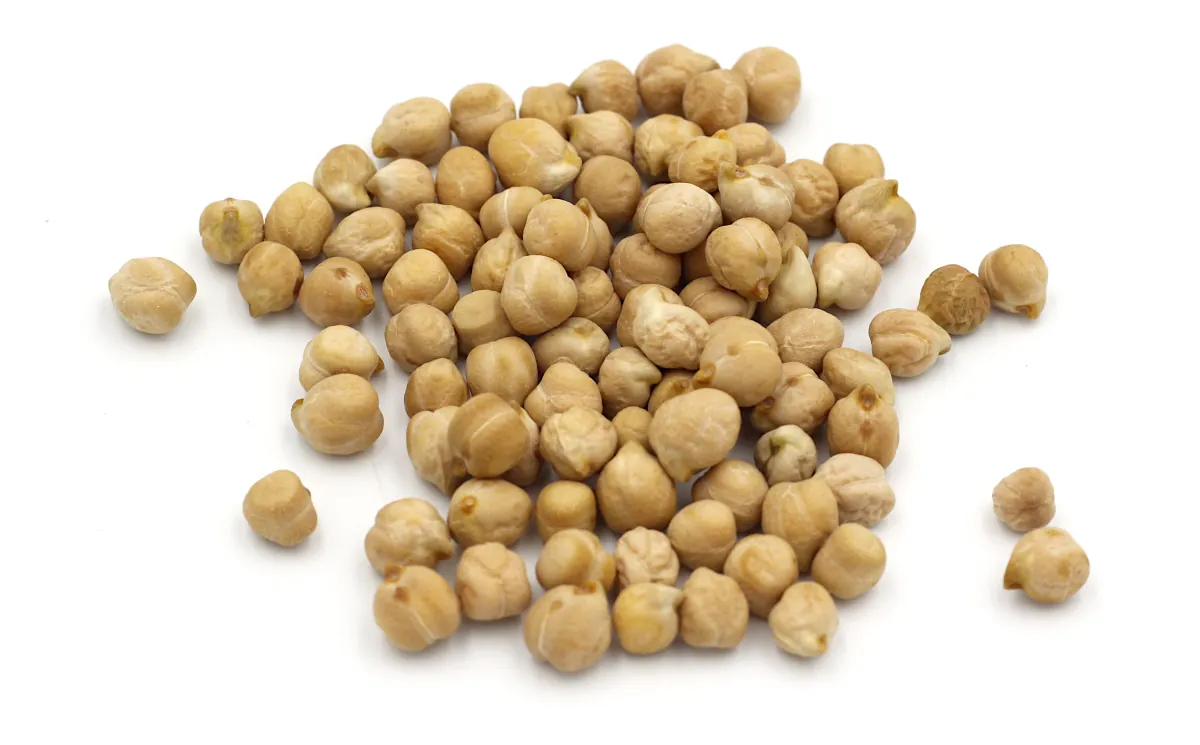
If you’re making curries then you can absolutely use chickpeas as a perfect pigeon pea substitute.
Chickpeas are not only delicious and quite easy to cook but they’re also available globally. Their price is affordable, too.
I’m definitely counting on chickpeas as a favorite substitute, especially for curry recipes. I think a lot of people will love it and find this substitute very useful.
Besides curries, chickpeas also work wonderfully as a substitute in salads, soups, and stews.
And if you’re looking for a delicious, healthy snack, try roasted chickpeas.
Where to Buy?
Check Price and User Reviews Here
Popular Dishes with Pigeon Peas
We’ve talked about the best pigeon peas substitutes but let’s see which are the most popular recipes that call for pigeon peas so that we have an idea of where we might be needing to use substitutes.
Pigeon peas are very versatile and they can be used as substitutes for beans, peas or lentils.
If they’re fresh, you can eat them raw in salads or cooked in a wide variety of dishes.
When you purchase them fresh, keep them in their pods until you’re ready to add them raw to salads or to cook with them.
If you keep them in pods for long periods of time, they’ll dry and turn brown. You can still cook with them.
If they’re dried, you’ll have to soak them for about 6 hours. After that, they’re easy to cook.
The most common cuisines that have pigeon peas as an ingredient are: Caribbean, African, and Indian.
This legume pairs well with citrus, turmeric, cumin, curry, cilantro, ginger, onion, mango, tomato, etc.
Jamaican pigeon peas and rice
Coconut rice cooked with pigeon peas, sweet corn, and traditional Jamaican spices in creamy coconut milk.
In this case you can definitely use green peas as a pigeon pea substitute.
Or you can use black-eyed peas or yellow-eye beans.
In the end, if you really don’t have any of these available, just use whatever bean variety you have in the house: black, red, pinto, cannellini beans, etc.
KBL (kadyos, baboy, at langka)
Filipino stew with pork, pigeon peas, and unripe jackfruit.
It’s a recipe in which you can even use black beans as a substitute. Or use black-eyed peas or yellow-eye beans.
Puerto Rican rice with pigeon peas
Just like it was the case with the Jamaican dish, a lot of pigeon pea substitutes can be used in this rice dish from Puerto Rico: black-eyed peas or yellow-eye beans, other bean varieties, green peas, etc.
Vadai pachadi
These are fritters with yogurt-tomato sauce.
Yellow split peas are (yellow pigeon peas, toovar dal) used for making this recipe but you can use lentils as a replacement.
Pigeon peas in coconut cream
The peas are simmered in coconut milk. They’re served for breakfast with mandazi or sweet coconut donuts.
You can use black-eyed peas instead. Black beans also work as a replacement.
Tuver totha
This is a pigeon peas curry. I would definitely use chickpeas as a pigeon peas substitute when it comes to cooking curries.

